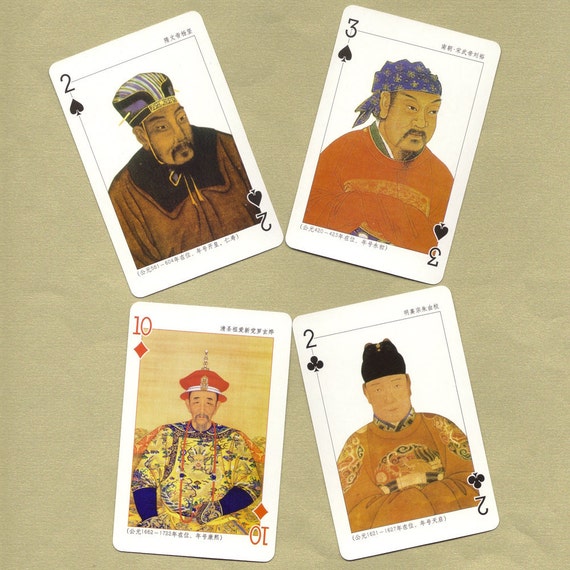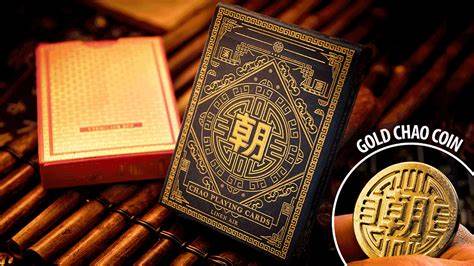Playing cards have a rich and fascinating history that spans centuries and continents, evolving from ancient China into the diverse and intricate decks we know today. This journey through time illuminates the cultural significance and innovation behind these small pieces of paper or cardboard.
Origins in Ancient China:
The story of playing cards begins in ancient China during the Tang Dynasty (618-907 AD). The Chinese created the first known card game, “The Game of Leaves,” using paper tiles. These cards spread to other parts of Asia, including India and Persia, where they underwent various adaptations and transformations.
Medieval Europe and the Introduction of Suits:
Playing cards made their way to Europe in the 14th century, likely through trade routes. European card makers introduced the concept of suits: hearts, diamonds, clubs, and spades. Each suit was associated with different classes of society, reflecting the social hierarchies of the time. The cards became popular among the nobility and common folk alike, leading to the creation of various regional patterns and designs.
Innovation and Standardization:
During the 19th century, printing technology advanced, enabling mass production of playing cards. This era saw the standardization of card designs, making it easier for players to switch between decks. The introduction of indices (numbers and letters in the corners) further enhanced gameplay, allowing players to quickly identify their cards.
Playing Cards in Pop Culture:
Playing cards have also played a significant role in literature, art, and popular culture. They have been featured in countless novels, movies, and paintings, symbolizing luck, strategy, and fate. Card games like poker and blackjack became popular in casinos, leading to the creation of professional tournaments and international competitions.
Modern Decks and Artistic Expression:
In the 20th and 21st centuries, playing cards have become a canvas for artistic expression. Designers and artists from around the world have created unique and innovative decks, exploring diverse themes and styles. Collectible and custom-designed decks have gained a dedicated following, turning playing cards into a form of art and collectibles.
Today, playing cards continue to evolve, with digital versions available on smartphones and online platforms. Despite technological advancements, the charm of physical playing cards persists, connecting people across cultures and generations.

